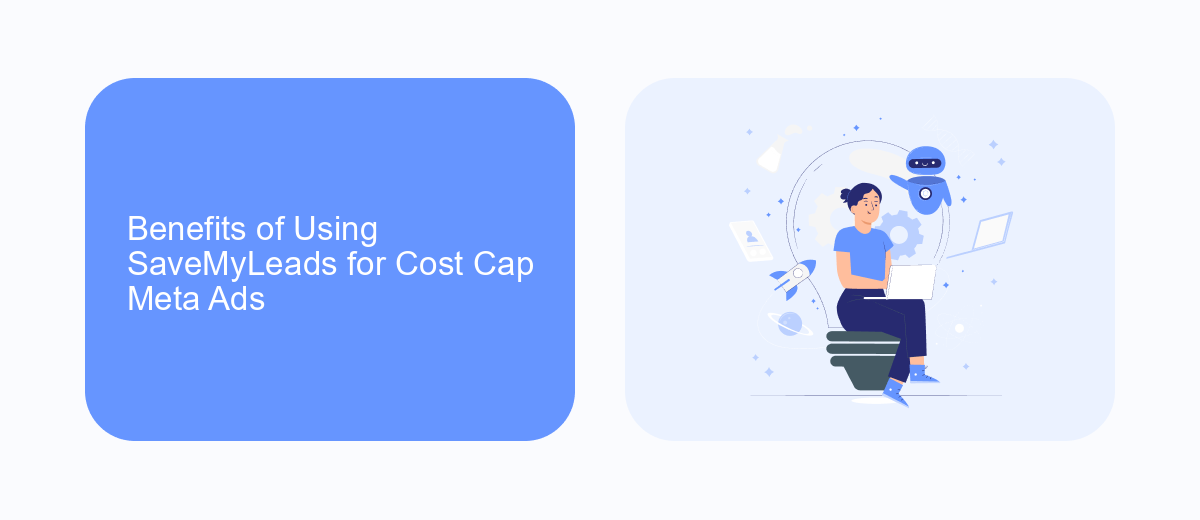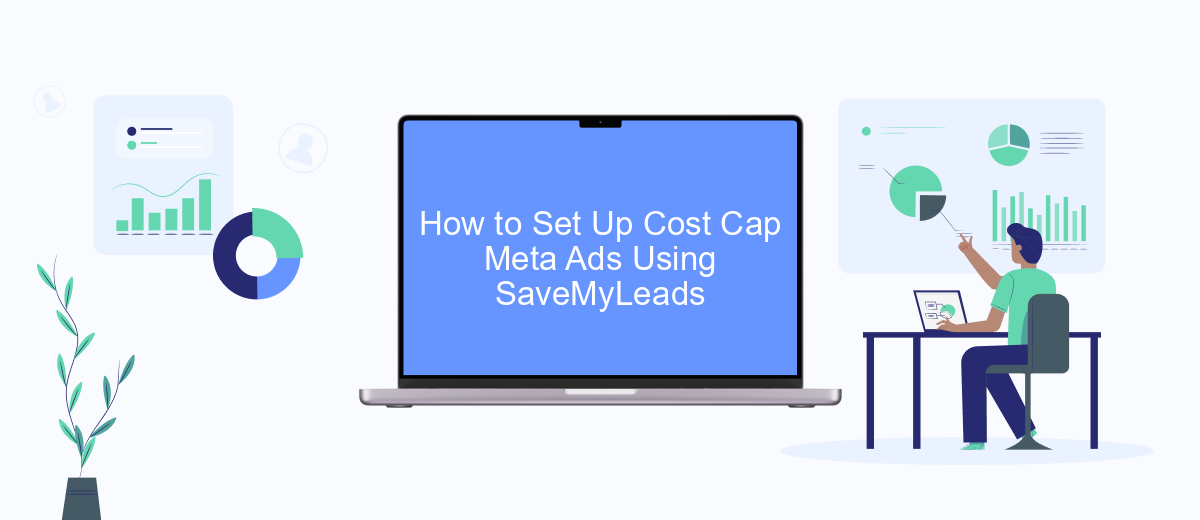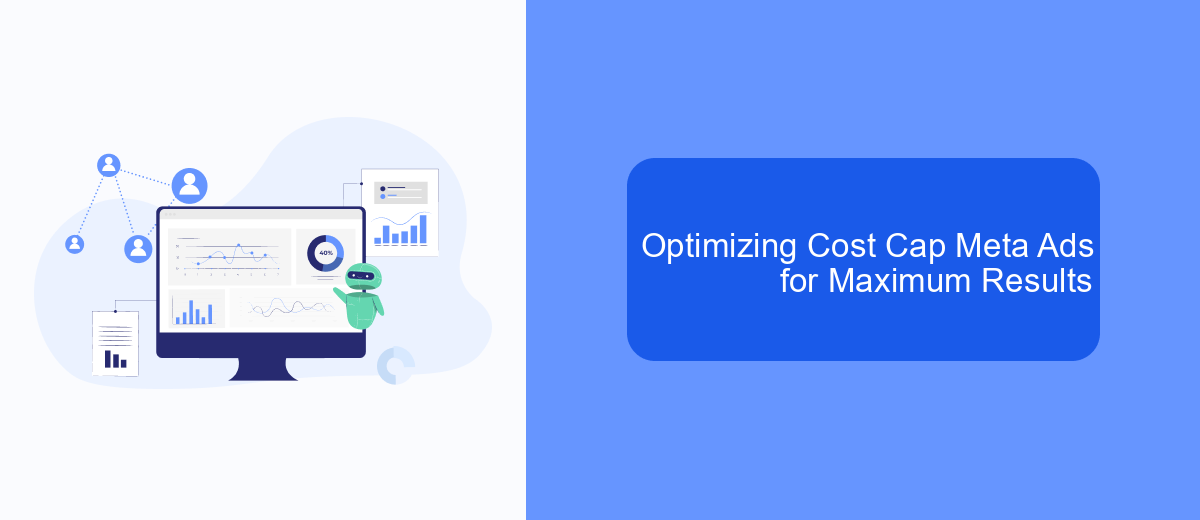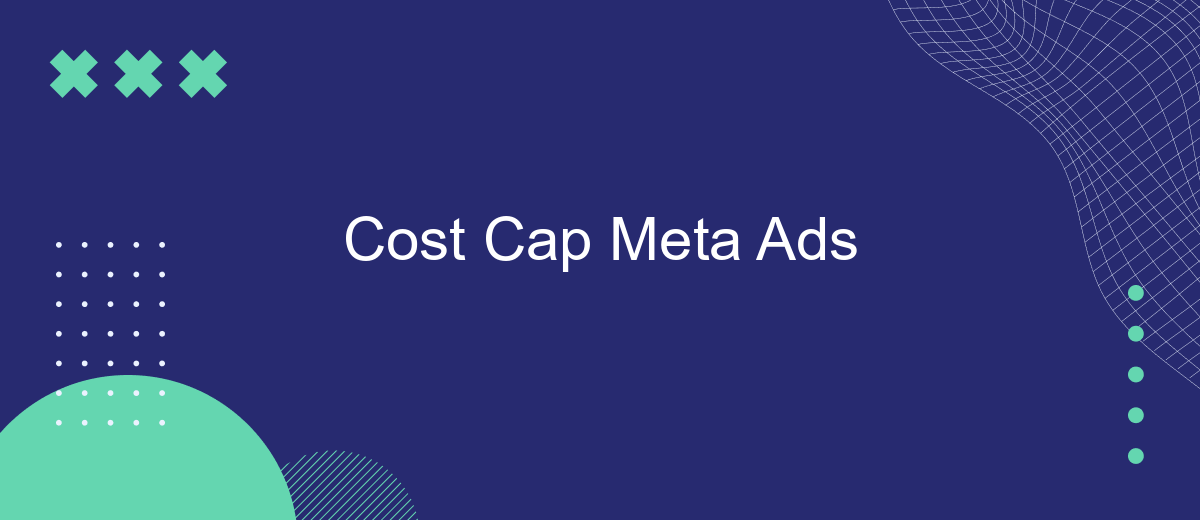In the ever-evolving landscape of digital marketing, managing advertising budgets efficiently is crucial. Cost Cap Meta Ads offer a powerful solution for businesses looking to optimize their ad spend while maximizing reach and engagement. This article delves into the mechanics of Cost Cap Meta Ads, exploring how they work and the benefits they bring to modern marketing strategies.
Defining Cost Cap Meta Ads
Cost Cap Meta Ads are a strategic approach to digital advertising that allows advertisers to control their cost per result while maximizing their campaign performance on platforms like Facebook and Instagram. This method enables businesses to set a maximum cost they're willing to pay for their desired outcome, ensuring that they stay within their budget while still achieving their marketing objectives.
- Set a maximum cost per result to control expenses.
- Maximize campaign performance by optimizing ad delivery.
- Maintain budget discipline without compromising on results.
By implementing Cost Cap Meta Ads, advertisers can achieve a balance between cost-efficiency and effective reach. For those looking to streamline the integration of their advertising data with other marketing tools, services like SaveMyLeads offer a seamless solution. SaveMyLeads automates the transfer of leads from Meta platforms to various CRM systems, ensuring that businesses can efficiently manage their ad-generated leads without manual intervention.
Benefits of Using SaveMyLeads for Cost Cap Meta Ads

SaveMyLeads offers a streamlined solution for managing Cost Cap Meta Ads, ensuring that your advertising budget is utilized efficiently. By automating the integration process, SaveMyLeads allows marketers to seamlessly connect their ad accounts with various CRM systems, email marketing tools, and other essential platforms. This eliminates the need for manual data entry, reducing the risk of human error and saving valuable time that can be better spent on optimizing ad campaigns.
Furthermore, SaveMyLeads provides real-time data synchronization, enabling instant updates and accurate tracking of ad performance. This ensures that you always have the most current information at your fingertips, allowing for quick adjustments to your Cost Cap Meta Ads strategy. With its user-friendly interface and robust set of features, SaveMyLeads empowers advertisers to maximize their ROI while maintaining strict control over their advertising spend.
How to Set Up Cost Cap Meta Ads Using SaveMyLeads

Setting up Cost Cap Meta Ads can help you manage your advertising budget effectively while ensuring optimal performance. One efficient way to achieve this is by using SaveMyLeads, a service that automates the integration of various platforms, saving you time and effort.
- Sign up for an account on SaveMyLeads and log in.
- Navigate to the "Integrations" section and select the platforms you wish to connect, such as Facebook Ads and your CRM.
- Configure the data transfer settings to ensure that your cost cap parameters are correctly synchronized between platforms.
- Set up automated rules for managing your ad spend, ensuring that your campaigns stay within the desired budget.
- Monitor the performance of your ads through the SaveMyLeads dashboard, making adjustments as necessary to optimize results.
By leveraging SaveMyLeads, you can streamline the process of setting up and managing Cost Cap Meta Ads, allowing you to focus on optimizing your campaigns and achieving better ROI. This tool simplifies the integration and automation of your advertising efforts, making it easier to maintain control over your budget and ad performance.
Optimizing Cost Cap Meta Ads for Maximum Results

Optimizing Cost Cap Meta Ads requires a strategic approach to balance cost efficiency and ad performance. Start by analyzing historical data to understand the cost patterns and performance metrics. This will help in setting realistic cost caps that align with your budget and goals.
Next, segment your audience to target specific demographics and interests. This ensures that your ads reach the most relevant users, increasing the likelihood of conversions while staying within the cost cap. Utilize A/B testing to experiment with different ad creatives, formats, and placements to identify the most effective combinations.
- Analyze historical data for cost patterns
- Segment audience for targeted reach
- Utilize A/B testing for optimization
- Adjust bids and budgets regularly
Consider integrating automation tools like SaveMyLeads to streamline your ad management process. This service can help you automate lead data collection and synchronization, ensuring that your campaigns remain efficient and up-to-date. Continuous monitoring and adjustments are key to maintaining optimal performance under the cost cap.
Conclusion and Future Prospects of Cost Cap Meta Ads
In conclusion, Cost Cap Meta Ads offer a strategic approach to digital advertising by allowing businesses to effectively manage their ad spend while optimizing for desired outcomes. This method provides a balanced solution between maximizing reach and maintaining budgetary constraints, making it an invaluable tool for advertisers seeking efficient and scalable results. The ability to set cost caps ensures that campaigns remain financially sustainable without compromising on performance metrics.
Looking ahead, the future prospects of Cost Cap Meta Ads appear promising with advancements in AI and machine learning. These technologies are expected to enhance targeting precision and campaign optimization further. Additionally, integrating services like SaveMyLeads can streamline the process by automating lead generation and data management, thereby improving overall efficiency. As digital marketing continues to evolve, businesses that leverage these innovations will likely gain a competitive edge, achieving more with their advertising budgets while driving meaningful engagement and conversions.
FAQ
What is Cost Cap in Meta Ads?
How does Cost Cap differ from other bidding strategies?
Can I use Cost Cap for all types of campaigns?
How do I set up Cost Cap in my Meta Ads campaign?
How can I automate and integrate Cost Cap settings with other tools?
Would you like your employees to receive real-time data on new Facebook leads, and automatically send a welcome email or SMS to users who have responded to your social media ad? All this and more can be implemented using the SaveMyLeads system. Connect the necessary services to your Facebook advertising account and automate data transfer and routine work. Let your employees focus on what really matters, rather than wasting time manually transferring data or sending out template emails.
